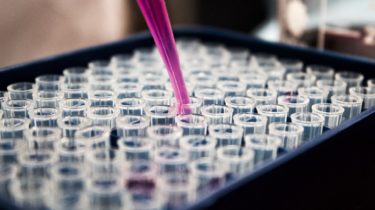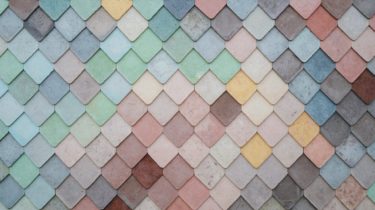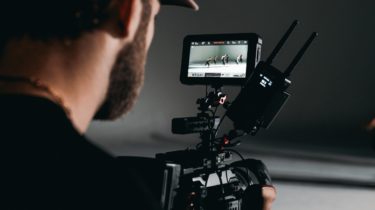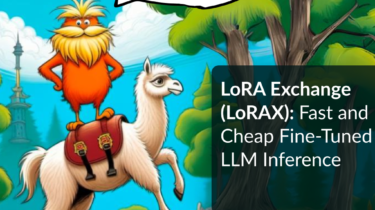Category: Machine Learning
Articles About Machine Learning
A Gentle Introduction to Using R Markdown
One reason people would like to use RStudio for their work is because of the R Markdown. This made the RStudio not only an IDE for programming in R, but also a notepad in which they could put down their thoughts with R code and results. In this post, you will learn how to use R Markdown. Specifically, you will learn What is Markdown How to use Markdown to create a technical document in RStudio Let’s get started. A Gentle […]
Read moreExploring Data using dplyr in R
When you are working on a data science project, the data is often tabular structured. You can use the built-in data table to handle such data in R. You can also use the famous library dplyr instead to benefit from its rich toolset. In this post, you will learn how dplyr can help you explore and manipulate tabular data. In particular, you will learn: How to handle a data frame How to perform some common operations on a data frame […]
Read moreUsing ggplot2 for Visualization in R
One of the most popular plotting libraries in R is not the plotting function in R base, but the ggplot2 library. People use that because it is flexible. This library also works using the philosophy of “grammar of graphics”, which is not to generate a visualization upon a function call, but to define what should be in the plot, and you can refine it further before setting it into a picture. In this post, you will learn about ggplot2 and […]
Read moreA Gentle Introduction to OpenCV: An Open Source Library for Computer Vision and Machine Learning
If you are interested in working with images and video and would like to introduce machine learning into your computer vision applications, then OpenCV is a library you will need to get hold of. OpenCV is a huge open source library that can interface with various programming languages, including Python, and is extensively used by many individuals and commercial entities. In this tutorial, you will familiarise yourself with the OpenCV library and what makes it important. After completing this tutorial, […]
Read moreHow to Read, Write, Display Images in OpenCV and Converting Color Spaces
When working with images, some of the most basic operations that are essential to get a grip on include reading the images from disk, displaying them, accessing their pixel values, and converting them from one color space to another. This tutorial explains these basic operations, starting first with a description of how a digital image is formulated in terms of its spatial coordinates and intensity values. In this tutorial, you will familiarise yourself with the most basic OpenCV operations that […]
Read moreHow to Read and Display Videos Using OpenCV
Digital videos are close relatives of digital images because they are made up of many digital images sequentially displayed in rapid succession to create the effect of moving visual data. The OpenCV library provides several methods to work with videos, such as reading video data from different sources and accessing several of their properties. In this tutorial, you will familiarise yourself with the most basic OpenCV operations essential when working with videos. After completing this tutorial, you will know: How […]
Read moreHow to Transform Images and Create Video with OpenCV
When you work with OpenCV, you most often work with images. However, you may find it useful to create animation from multiple images. Chances are that showing images in rapid succession may give you different insight or it is easier to visualize your work by introducing a time axis. In this post, you will see how to create a video clip in OpenCV. As an example, you will also learn some basic image manipulation techniques to create the images. In […]
Read moreK-Means Clustering for Image Classification Using OpenCV
In a previous tutorial, we explored using the k-means clustering algorithm as an unsupervised machine learning technique that seeks to group similar data into distinct clusters to uncover patterns in the data. So far, we have seen how to apply the k-means clustering algorithm to a simple two-dimensional dataset containing distinct clusters and the problem of image color quantization. In this tutorial, you will learn how to apply OpenCV’s k-means clustering algorithm for image classification. After completing this tutorial, you […]
Read moreFast and Cheap Fine-Tuned LLM Inference with LoRA Exchange (LoRAX)
Sponsored Content By Travis Addair & Geoffrey Angus If you’d like to learn more about how to efficiently and cost-effectively fine-tune and serve open-source LLMs with LoRAX, join our November 7th webinar. Developers are realizing that smaller, specialized language models such as LLaMA-2-7b outperform larger general-purpose models like GPT-4 when fine-tuned with proprietary data to perform a single task. However, you likely don’t have a single generative AI task, you have many, and serving each fine-tuned model with its […]
Read more








